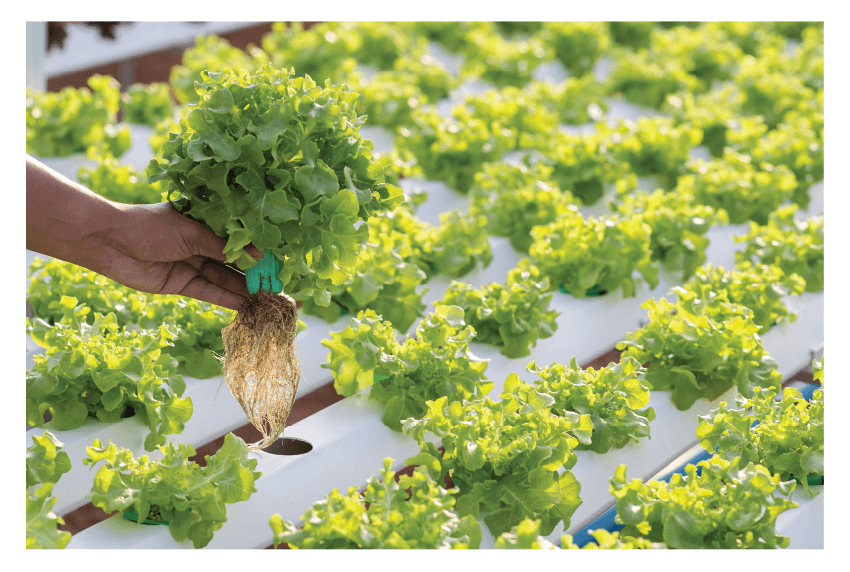Hydroponic Farms
Why Are Plants Important?
We have plants to thank for most of our food, clothing, beautiful parks and gardens, furniture, and even the fuel that is used to power our vehicles. We rely so much on plants, it’s important to know what they need to grow and produce.
Growing plants is more than simply planting seeds in the ground. In order for crops to thrive and produce, farmers know there is a delicate interaction of sunlight, soil, water, and weather that needs to occur. Each crop that is planted requires a different combination in order to thrive. Each year, Minnesota weather varies. Crops may be flooded out due to rainfall, damaged in a hail or wind storm, or frozen off due to cold temperatures. The weather can destroy an entire season of work seemingly overnight.
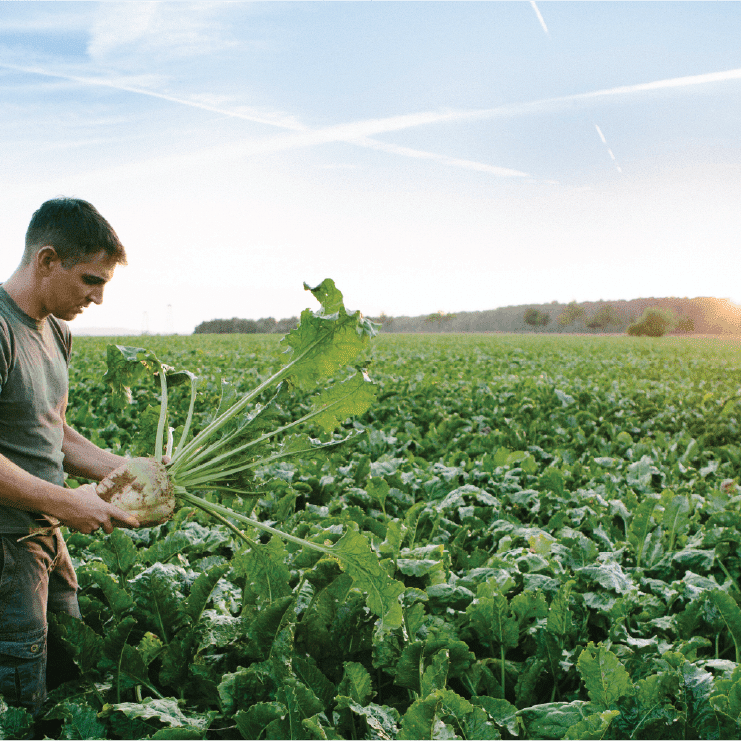
Other years, there is plenty of warm heat and sunshine, but not enough rainfall. When this happens, plants face the opposite struggle, requiring farmers to step in and make sure the fields are being fertilized and irrigated properly so the plants still have all their nutrient needs met. No growing season is ever the same, but one thing remains constant: each type of plant needs the right amount of sunlight, nutrients, water, and warm temperatures to grow the food and materials we rely on.
The North Market Hydroponic Farm
In the parking lot of the North Market grocery store in Minneapolis, you’ll see a large metal freight container. This freight container has been converted into a hydroponic farm, which provides North Market with fresh herbs and greens all year long!
Let’s take a look at how a seed grown hydroponically ends up in the produce aisle of the grocery store.
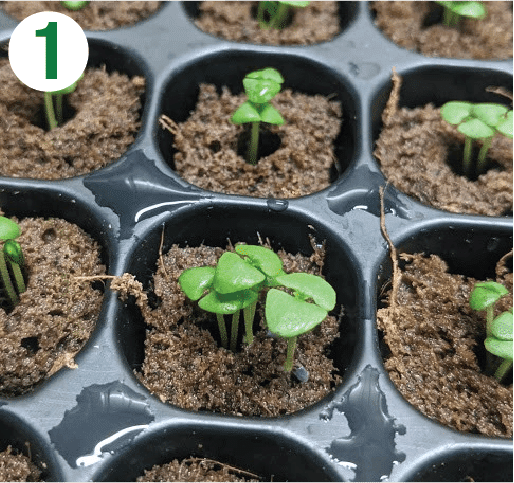
1. The first step is germination. A seed is planted in a “grow plug” made from peat moss and coconut husk. It is placed under a grow light for 7 days until the seed begins to sprout
2. Next, the sprouting seed is moved to a table where it is watered every 12 hours with a nutrient-rich solution that helps the seedling grow strong roots and stay disease free. The seedling continues
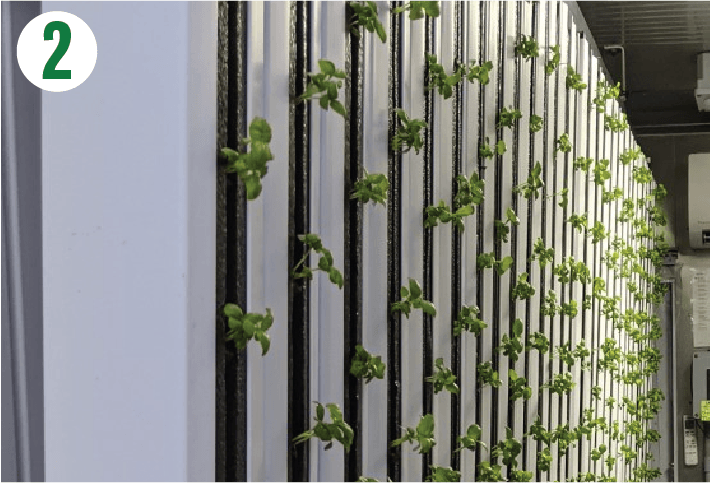
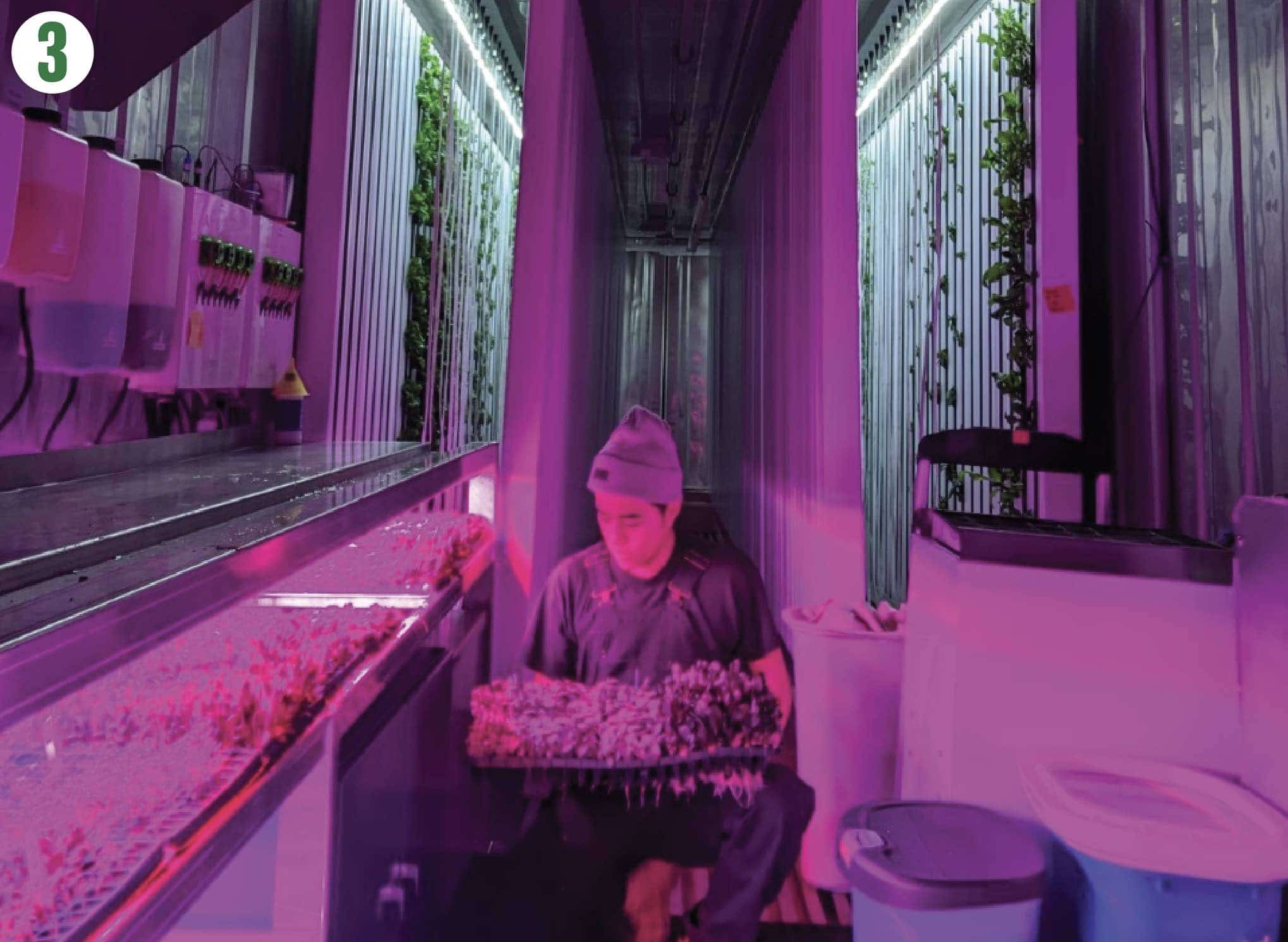
3. Once the seedling has properly matured, it is transplanted into a grow tower, which takes up the majority of space in the on-site farm. There are 256 grow towers in the freight farm, which equals about 2-3 acres of field space.
4. After 3 weeks in the grow tower, it is time to harvest. The plant is harvested with a special knife. Ideally, when one plant is harvested, another plant is ready to take its place in the grow tower, ensuring a steady supply of fresh produce. Once harvested and inspected, the produce is packed and sent across the parking lot for shoppers like you and me to purchase and enjoy!

On-site hydroponic farms bring a whole new meaning to the terms farm fresh and locally grown. It doesn’t get more local and fresh than produce that is grown mere feet away from the grocery store where it is sold!
How do these lettuce plants grow if they aren't in soil?
Minnesota has long winters, which can make it difficult to produce food outside year round. Some farmers are exploring ways to control the growing environment. Many farmers are looking into hydroponic farming to grow food year round.
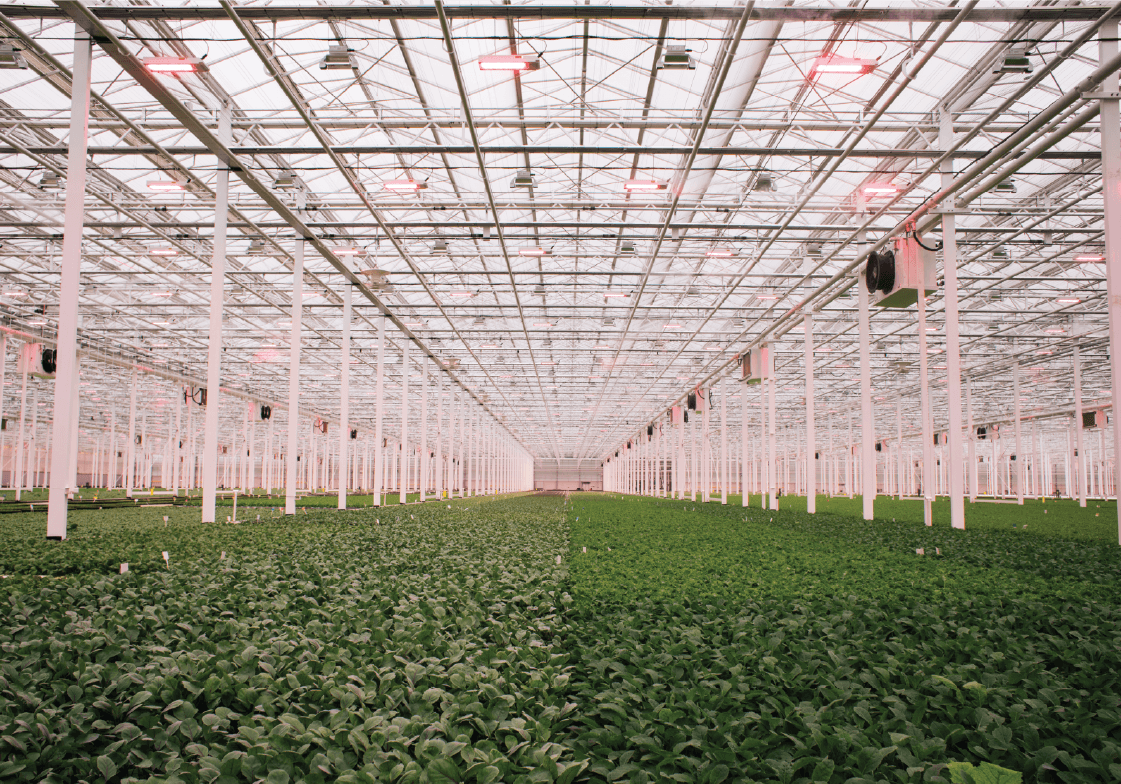
Photo courtesy of Revol Greens
In a Hydroponic system, soil is taken out of the equation. Instead, plants grow and develop in nutrient-rich water that supplies all the nutrients the plants need to grow. Growing plants hydroponically can be very advantageous. The temperature of the plants and water can be controlled. The nutrients the plant receives and when can be regulated. It also allows for more plants to grow in a smaller amount of space.
Lettuce is one plant that does very well in a hydroponic system. The lettuce gets the exact water and nutrients it needs, and there are no bugs or diseases in the controlled environment. This allows healthy and nutritious lettuce to get to consumers like us very quickly!
Plant Comparison
Let's compare a lettuce plant that has been growing hydroponically to a lettuce plant that has been growing in soil. What is different about how these plants are grown? How might these production practices impact the environment differently? Do you think the lettuce would look or taste different?

